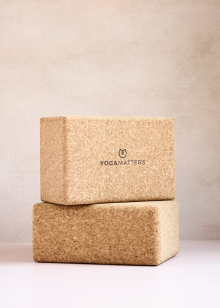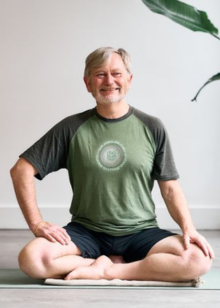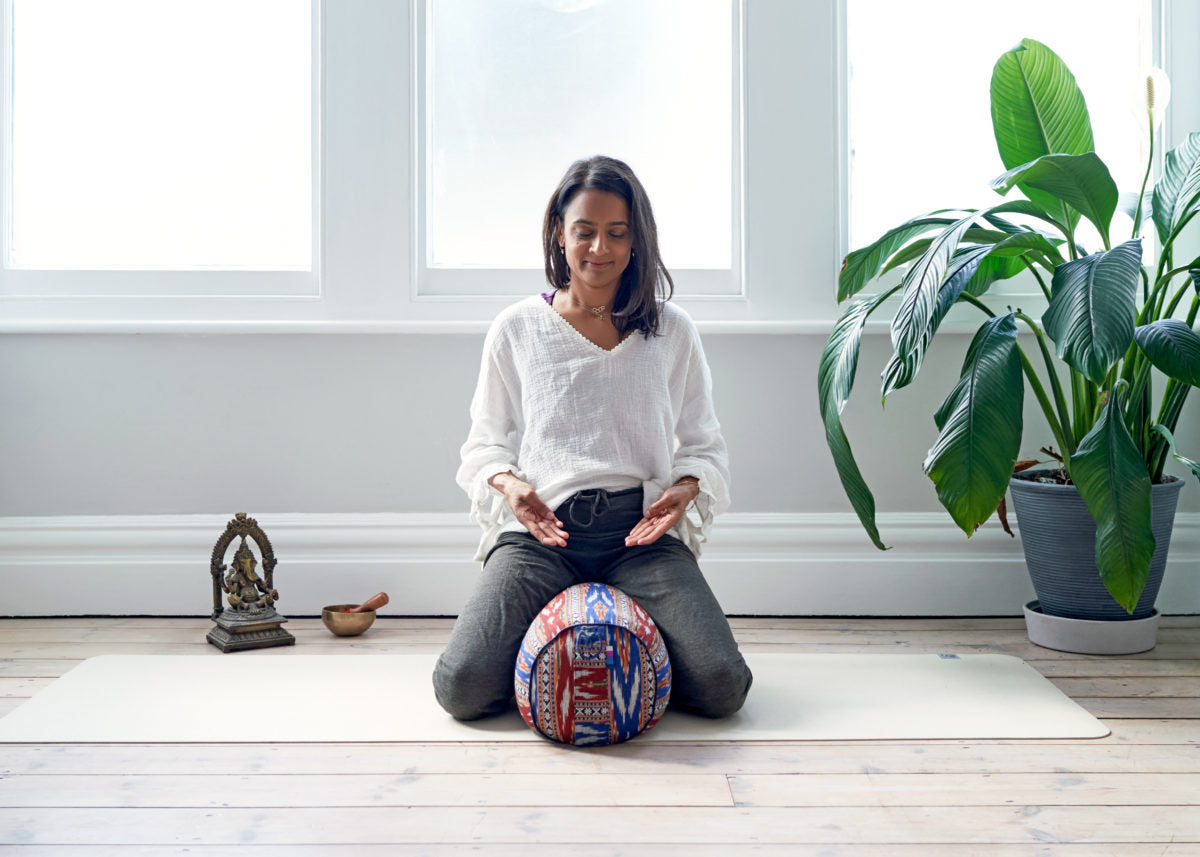The word Tattva refers in Hindi to ‘truth’, ‘reality’, and ‘that-ness’. It is often used in meditation practices to connect to the ‘true self’. In the Samkhya system of yogic philosophy, the word Tattva refers to all the elements that make up the basis of our life experience. This philosophical system consists of 25 tattvas or ‘elements’. These elements include purusha; Reality, the observer, the divine or god, prakriti; Nature, buddhi; The mind’s intellect, ahamkara; The ego, manas; The mind, the 5 sense organs, the 5 bodily actions, the 5 subtle elements, and the 5 gross elements; Earth, water, fire, air and ether. Tattva mudra is very much about recognising who we are beyond the shifting and changing elements of everyday life and staying true to ourselves.
Perhaps one of the most useful meditation mudras, Tattva mudra is an important reminder that whilst we may often feel defined by the elements of the outside world; the way we look, the job we have, where we live, and what others think of us, the emotions we feel and the thoughts we have, the nature of the true self is pure and unchanging, and impossible to define.
With so much focus on external appearance and the material world, it’s very easy to lose sight of who we really are, and to forget to be true to ourselves. Being true to ourselves could look like living our purpose or dharma, speaking our truth, keeping promises we’ve made to ourselves and following what we know is morally right. Sometimes it simply looks like taking some important time to rest and restore, without the need to constantly appear ‘busy’. Tattva mudra can help bring us back to basics, and untangle us from anything that no longer serves us.
Observing The Self
When practicing tattva mudra, begin by becoming the observer. Notice the sounds, smells, sights and textures around you. Observe how your body is positioned, observe your breathing. Observe your mind and emotions as though you’re watching them on a screen. The more we can start to observe ourselves, the more we’re able to untangle ourselves from what we’re not, and move closer towards who we really are. Signs that we’re not being true to ourselves include desperately trying to justify our decisions, ignoring those ‘I shouldn’t be doing this’ thoughts, becoming overly critical or judgemental of others as a way to take the focus away from ourselves, self-sabotage and procrastinating. Essentially, we can also feel it in the pit of the stomach when we’ve been untrue to ourselves. When that happens, it’s time to reflect and ask a few questions:
- Have I been honest with myself recently?
- Have I been ignoring my body’s needs?
- Do I feel overwhelmed?
- Have I let other people control me?
- Am I doing things for me, or because I want to appear successful or happy to others?
- Have I spoken my truth and expressed myself honestly?
- Am I living in alignment with what I know I need?
- Have I communicated clearly with those around me?
- Is my relationship with myself strong and harmonious?
- Have I been putting an important task off?
Tattva mudra can be practiced with this reflective meditation technique. It is also useful to practice when you feel overwhelmed or anxious, to help figure out the root cause of the issue. If you feel self-conscious or overly concerned about what others think about you, practice Tattva mudra as a way to bring you back to reality. Instead of being pulled by the elements of everyday life, keep this mudra in your hand to remind yourself of who you truly are whenever you need.














